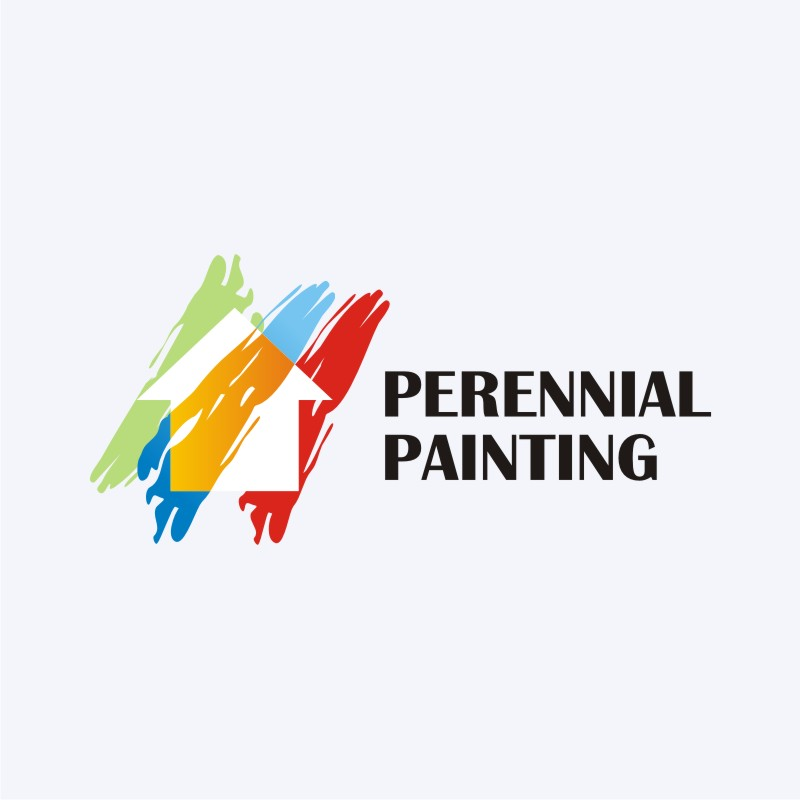Step-By-Step Overview To Readying Your Wall Surfaces For Painting
Step-By-Step Overview To Readying Your Wall Surfaces For Painting
Blog Article
Web Content Produce By-Riise Walls
When you're prepping your walls for paint, it's vital to follow a methodical process to guarantee a flawless finish. Beginning by checking out the wall for any type of damage; this step can make or damage your project. When you've determined any concerns, cleaning up the surface properly is vital, as a dirty wall surface can impact paint attachment. Afterwards, you'll require to spot any kind of imperfections and use a primer. Yet there are specific techniques and suggestions that can raise your preparation game-- let's check out those further to achieve the best outcomes.
Assessing Wall Problem
Prior to you grab your paintbrush, take a minute to analyze your wall surfaces' problem. Look for any type of visible damages like splits, openings, or peeling off paint. These blemishes can impact how the paint sticks and looks when it's dry. If you see any considerable damages, you'll need to prioritize repair services prior to diving into paint.
Look very closely at the appearance of your walls. Is the surface area smooth, or exists appearance that might need unique factor to consider? Smooth walls usually call for much less prep, while distinctive surfaces may require more time to paint evenly.
Additionally, take into consideration the previous paint task. If the old paint is glossy, it mightn't enable new paint to stick properly. You'll wish to know if your wall surfaces have been repainted with oil-based or water-based paint, as this can impact your selection of guide or paint.
Ultimately, bear in mind of any kind of moisture issues. If you see signs of water damage or mold and mildew, address these problems right away to stop further difficulties.
Cleansing the Surface
As soon as you have actually evaluated the condition of your walls, the next action is cleaning up the surface area. Beginning by gathering your materials: a container, warm water, a moderate detergent, a sponge or fabric, and a scrub brush for harder spots.
Begin at the top corner of the wall and function your means down. Mix the detergent with cozy water in your pail, after that dip the sponge or fabric right into the remedy. Wring it bent on stay clear of excessive moisture on the wall surfaces.
As you cleanse, pay attention to areas that might've built up dirt, oil, or fingerprints. For persistent spots, make use of the scrub brush carefully to prevent harming the paint below. Rinse your sponge or fabric often in tidy water to avoid spreading out dust around.
After cleansing, it's important to wipe the walls with a moist fabric to get rid of any kind of soap residue. This action makes sure a smooth surface for the new paint to abide by.
Permit the walls to dry entirely before proceeding to the following prep work actions. This comprehensive cleansing process will certainly aid create a fresh canvas for your painting task, ensuring the best results.
Patching and Priming
Patching and priming are crucial steps in preparing your wall surfaces for a fresh coat of paint. First, check your walls for any kind of openings, fractures, or flaws. Utilize a top quality spackling compound or patching paste to fill up these locations.
Use the substance with a putty knife, smoothing it out so it's flush with the bordering surface. Allow it to completely dry totally, and then sand it lightly till it's smooth and even.
As soon as you have actually patched whatever, it's time to prime. Primer helps seal the covered locations, making sure the paint adheres appropriately and offers an uniform coating. Pick a guide appropriate for your wall surface type and the paint you'll be making use of.
Use https://www.timesofisrael.com/ronald-lauder-reaches-deal-with-jewish-family-for-klimt-painting-lost-under-nazis/ using a roller for bigger areas and a brush for edges and edges. If your covered areas are substantially large or porous, you could wish to use a 2nd coat of primer after the very first one dries.
After priming, allowed every little thing completely dry completely before going on to paint. This preparation will not only enhance the look of your wall surfaces yet also extend the life of your paint task.
Take your time, and you'll be pleased with the outcomes.
Verdict
By adhering to these basic actions, you can attain a smooth and expert finish on your walls. Begin by evaluating their problem, then clean and patch any flaws prior to using guide. Bear in mind to enable appropriate drying out time and make sure everything is smooth before you study paint. With the right prep work, you'll set the phase for a beautiful transformation in your room. Now, collect your supplies, inhale the fresh air, and prepare to paint!
